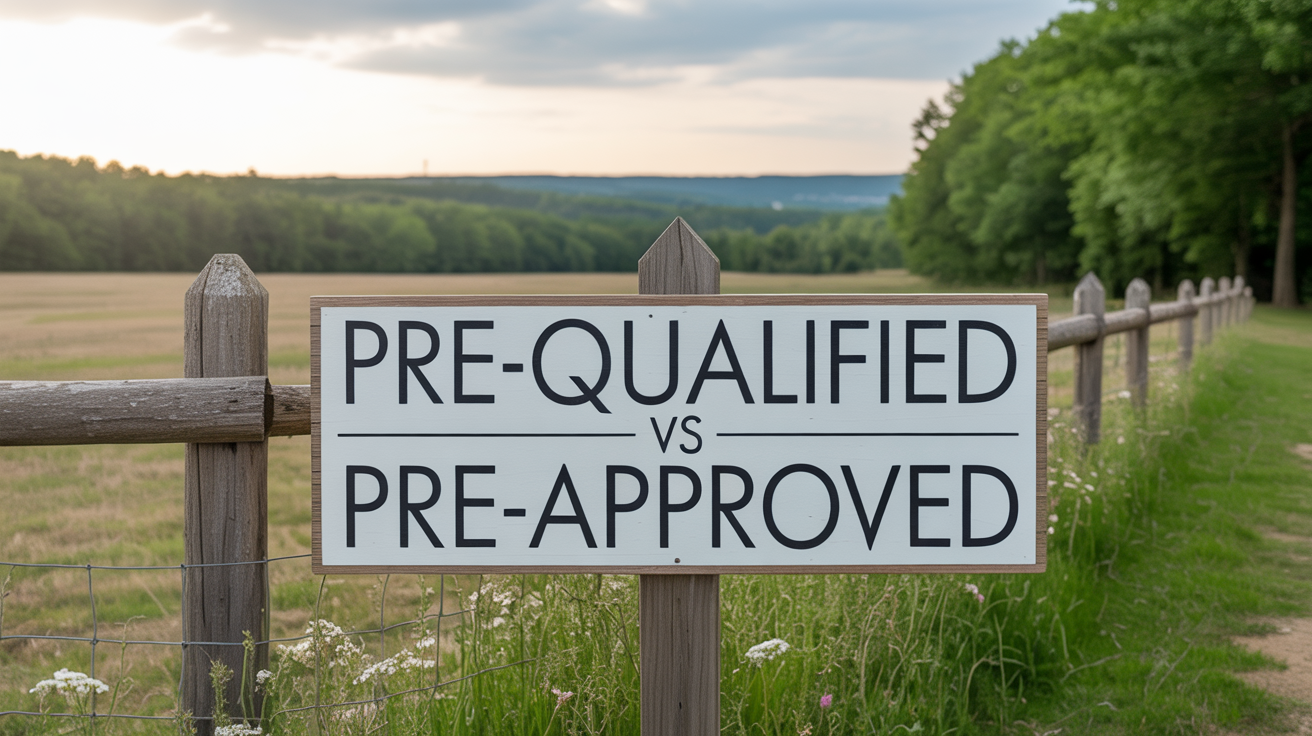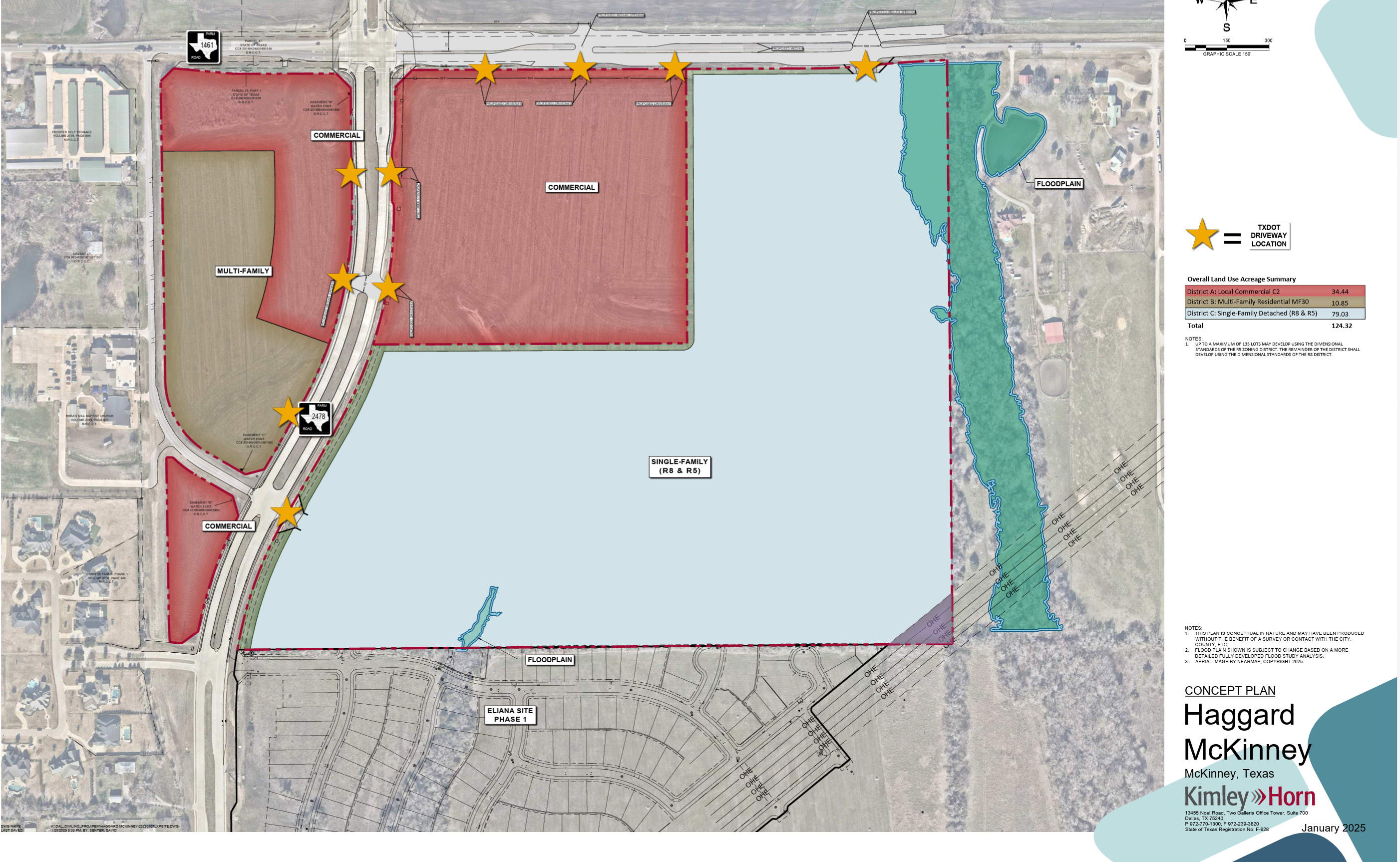Understanding ARCs: The Hidden Factor in Texas Land Purchases
When searching for your dream property in Texas, you’ve likely considered factors like location, price, and acreage. But there’s a critical element many land buyers overlook until it’s too late: Architectural Review Committees (ARCs).
Whether you’re planning a forever home, a weekend getaway cabin, or a small ranch operation, understanding how ARCs function could save you significant headaches down the road. Even if your perfect plot sits outside city limits with no zoning restrictions, it may still be subject to ARC guidelines that dictate what you can build and how.
What Is an Architectural Review Committee in Texas?
An Architectural Review Committee (ARC) is a governing body established within subdivisions or land communities that reviews and approves all construction and major modifications to properties. Unlike a full Homeowners Association (HOA), an ARC typically focuses specifically on architectural standards, building requirements, and property development guidelines.
In Texas, where land ownership is prized for its freedom, Architectural Review Committees serve as a middle ground providing structure without the comprehensive restrictions of urban HOAs. They’re particularly common in:
- Master-planned ranch communities
- Lakefront developments
- Rural subdivisions with shared amenities
- Upscale acreage developments

Key ARC Regulations That Impact Texas Land Owners
Every Architectural Review Committee operates under its own set of guidelines, but here are common requirements you’ll encounter when purchasing Texas land:
Home Construction Standards
- Minimum square footage requirements (typically 1,500-3,000+ sq ft)
- Approved architectural styles and exterior materials
- Roof pitch and designated roofing materials
- Timeline for construction completion once started
Property Development Rules
- Setbacks from property lines and roads
- Restrictions on outbuildings (barns, workshops, etc.)
- Fencing materials, height, and placement limitations
- Driveway specifications and culvert requirements
Landscape and Environmental Controls
- Tree preservation requirements
- Specific landscaping minimums
- Water feature or pond regulations
- Erosion control measures during construction
The ARC Approval Process: What Texas Land Buyers Need to Know
Understanding the approval process is crucial before breaking ground on your Texas property. Here’s what the typical process involves:
- Plan submission: Complete architectural plans, site plans, and material specifications must be submitted to the committee.
- Review period: Most ARCs have 30-45 days to evaluate submissions, though some meet only monthly.
- Decision notification: The committee will approve, deny, or request modifications to your plans.
- Appeals process: If denied, most ARCs have a formal appeals procedure.
- Construction monitoring: Many ARCs conduct periodic inspections during the building process.
Can Your Building Plans Be Rejected After Buying Land?
Yes. This is why understanding ARC guidelines before purchase is so important. Owning the land doesn’t guarantee you can build whatever you want on it.
Common reasons for ARC rejection in Texas include:
- Designs that don’t match community aesthetic standards
- Undersized homes that don’t meet minimum square footage
- Unapproved outbuilding placement or materials
- Non-compliant roof designs or materials
- Excessive tree removal or landscape alterations
The consequences of building without ARC approval can include:
- Monetary fines
- Legal action
- Forced removal or modification of structures
- Difficulty selling the property in the future
Pros and Cons of ARCs for Texas Land Owners
Benefits of Architectural Review Committees
- Property value protection: Prevents incompatible structures that could harm neighboring property values.
- Consistent community standards: Maintains a cohesive look and feel throughout the development.
- Conflict prevention: Clear guidelines reduce neighbor disputes over property improvements.
- Quality assurance: Often ensures higher building standards than county requirements alone.
Potential Drawbacks
- Limited creative freedom: May restrict unique or unconventional designs.
- Additional costs: Meeting specific material requirements can increase building costs.
- Time delays: Waiting for approval can extend your construction timeline.
- Subjective interpretations: Some guidelines may be applied inconsistently.
Essential Questions to Ask About ARCs Before Buying Texas Land
During your land search, add these questions to your due diligence checklist:
- Does this property fall under ARC jurisdiction? (Don’t assume MLS listings mention this)
- Can I review the complete Covenants, Conditions & Restrictions (CCRs) documents?
- What specific building restrictions apply to this particular lot?
- Who currently serves on the ARC? (Developer-controlled vs. homeowner-controlled)
- How often does the committee meet to review submissions?
- What has been the approval rate for recent submissions?
- Are there examples of recently approved homes I can view?
- What happens if ownership transfers during the construction process?
How to Research ARC Regulations During Your Land Search
Finding complete information about ARCs requires looking beyond the standard property listing. Here’s how to conduct thorough research:
- Request CCR documents: Ask your real estate agent for the complete set of Covenants, Conditions & Restrictions.
- County records: Check for deed restrictions filed with the county clerk.
- Property owners’ association: Contact the POA directly for current guidelines.
- Talk to neighbors: Existing property owners can share their experiences with the ARC process.
- Review meeting minutes: Many ARCs maintain records of past decisions that reveal their priorities.
Finding Texas Land That Matches Your Vision
If you’re discovering that ARC restrictions don’t align with your plans, you have options:
- Unrestricted properties: Some rural areas of Texas offer land without deed restrictions or ARC oversight.
- Minimal-restriction communities: Look for developments with basic guidelines rather than comprehensive controls.
- Agricultural exemptions: Properties with legitimate agricultural operations may have different considerations.
- County-regulated only: Areas where only county building codes apply, with no additional oversight.
Making an Informed Texas Land Purchase Decision
At the end of the day, neither heavily restricted nor completely unrestricted land is inherently better—it depends entirely on your priorities and plans. The key is making an informed decision that aligns with your vision for the property.
Consider these factors when weighing ARC restrictions:
- Your timeline for development
- Your budget for construction
- Your design preferences and must-haves
- Your long-term plans for the property
- Your tolerance for community oversight
Expert Guidance for Navigating Texas Land Purchases
Working with a land specialist who understands the nuances of ARCs can make all the difference in your buying experience. Look for agents who:
- Have specific experience with rural and acreage properties
- Proactively obtain and review CCR documents
- Can explain how restrictions might impact your specific plans
- Have relationships with ARCs in communities you’re considering
- Can connect you with builders familiar with local restrictions
Conclusion: Balancing Freedom and Protection in Texas Land Ownership
Architectural Review Committees represent a balancing act between individual property rights and community standards. Understanding their role before purchasing land isn’t just about avoiding surprises…it’s about finding the right fit for your vision of Texas land ownership.
Whether you’re looking for a property with robust protections or maximum freedom, the perfect piece of Texas land is out there waiting. The key is knowing exactly what you’re buying before you sign on the dotted line.
Are you searching for Texas land that fits your specific vision? Contact our team of land specialists today to discuss your needs and discover properties with the right level of restrictions—or freedom—for your plans.
Phone: 469-400-1374
Email: jason@northrealtygrouptx.com
Website: www,northfortyland.com




